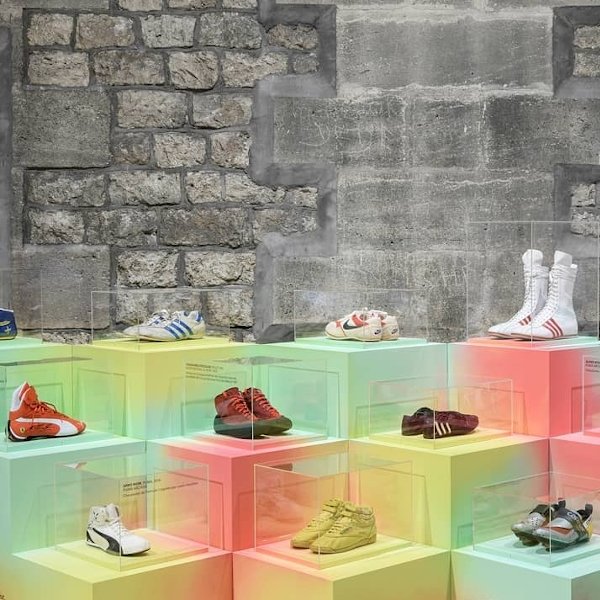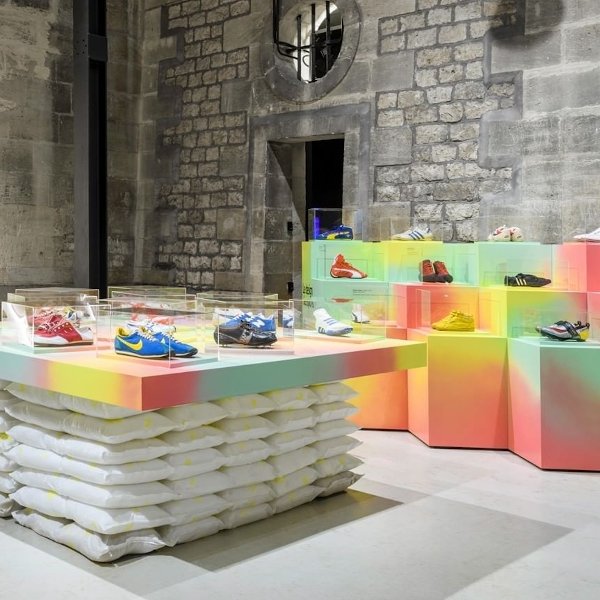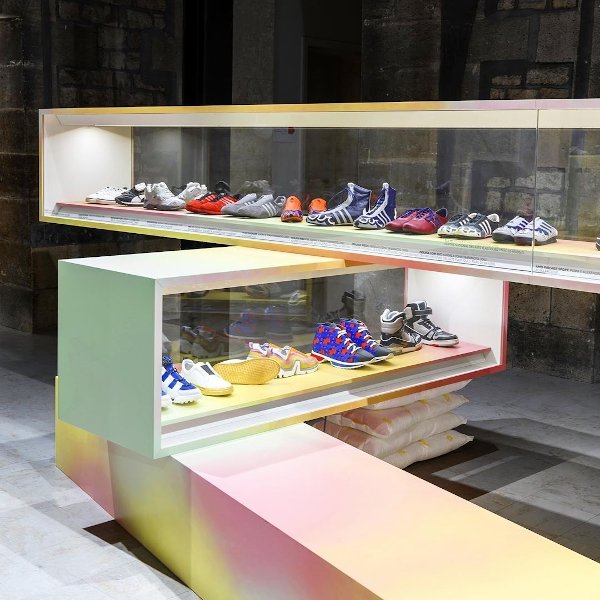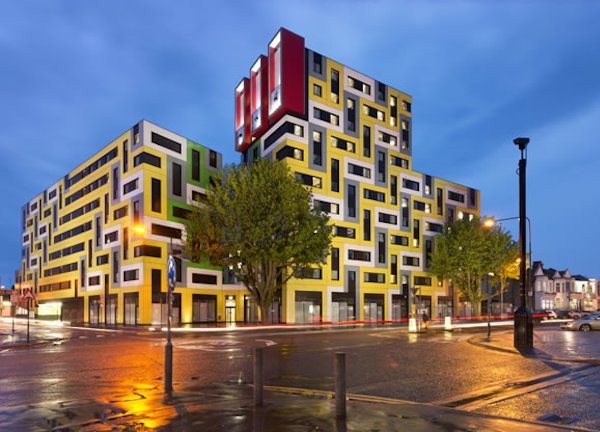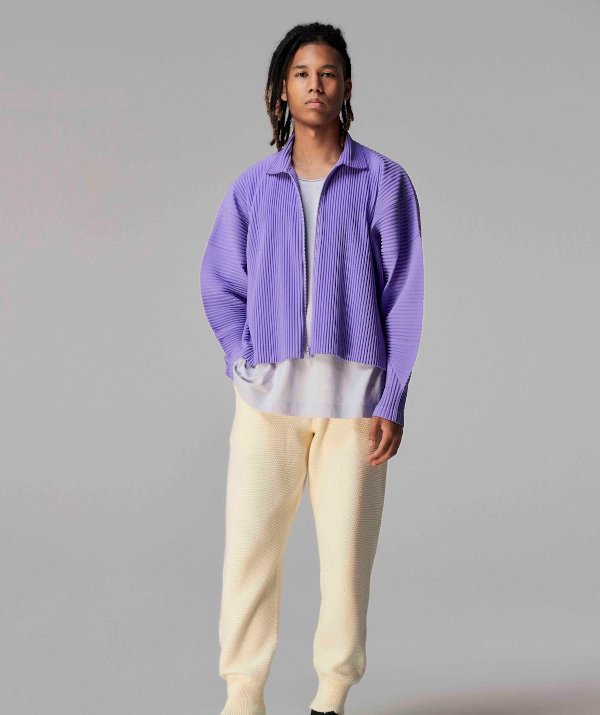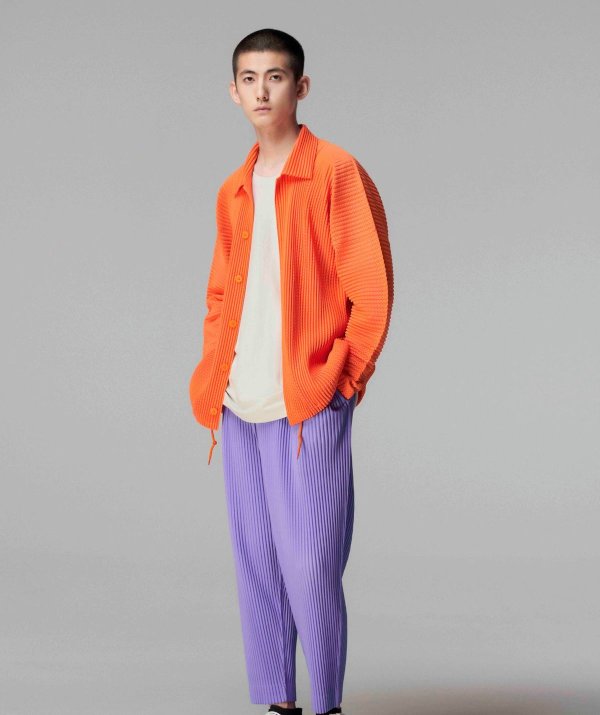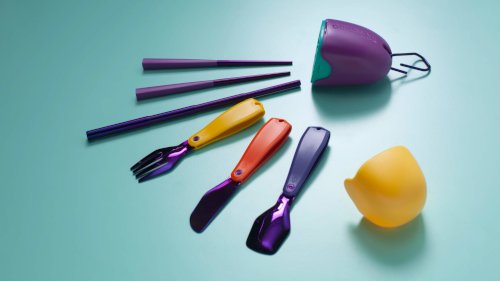LIBRI DI TERRACOTTA
TERRACOTTA BOOKS
ARCHITECTURE | MADRID
I lavori di costruzione della Biblioteca Reína Sofía, a Madrid, si erano interrotti nel 2011 per ben 8 anni. La facciata è rimasta quasi interamente incompleta, ma solo da tempi recenti il complesso culturale può esprimere in pieno la propria potenza ed energia.
Oltre all’originalità della pianta dalla forma stellata, lo studio BN Arquitectos ha concepito una soluzione davvero dirompente per la vasta superficie delle facciate. Queste sono avvolte da pannelli verticali di terracotta (prodotti in esclusiva da Terrart) montati a secco, dalla forma bombata, a dimensioni differenziate.
L’effetto multicolor, che cambia palette a seconda dei diversi prospetti, ricorda una sterminata libreria, con i volumi che mostrano il dorso, raccontando qualcosa sul contenuto dell’edificio.
La gamma cromatica è molto ampia ed è composta da tonalità di varia saturazione, dalle più brillanti a quelle neutre, con effetto opaco.
Construction works on the Reína Sofía Library in Madrid had stopped in 2011 for 8 years. The facade has remained almost entirely incomplete, but only recently the cultural complex can fully express its power and energy.
In addition to the originality of the star-shaped plant, the BN Arquitectos studio has conceived a truly disruptive solution for the vast surface of the facades. These are wrapped in vertical terracotta panels (produced exclusively by Terrart) dry mounted, with a rounded shape, in different sizes.
The multicolor effect, which changes palettes according to the different elevations, is reminiscent of an endless library, with volumes that show the back, telling something about the contents of the building.
The hues range is very wide and is made up of shades of varying saturation, from the brightest to the neutral ones, with an opaque effect.






